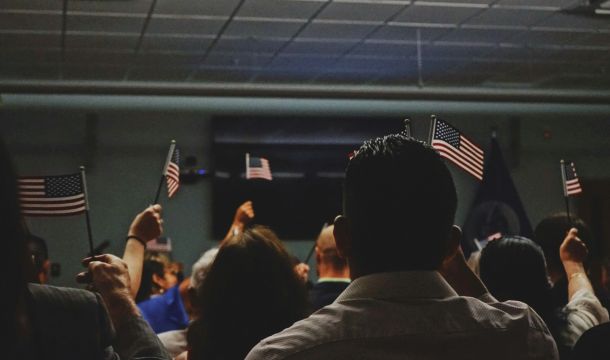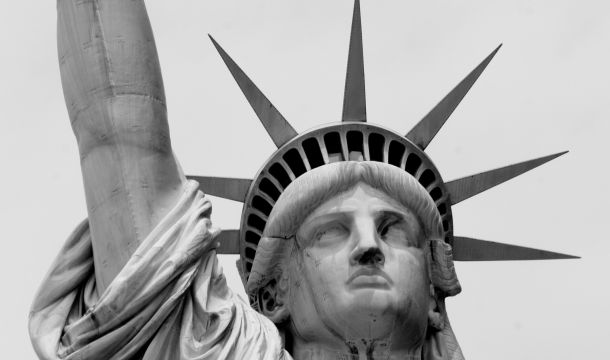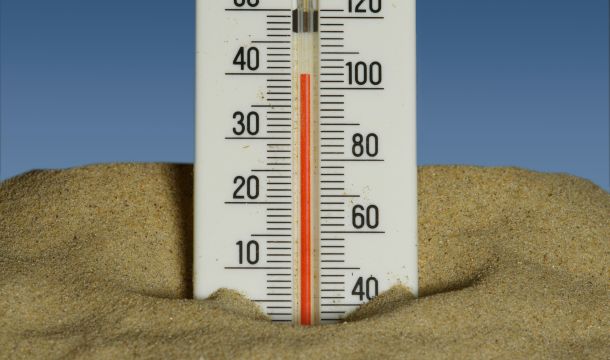JOINT-EMPLOYER REVERSAL ITSELF RESCINDED
If employers thought they were in a state of confusion on joint employer issues, their state of confusion has now reached a new level. In February 2018, this newsletter reported that the NLRB’s 2015 Browning-Ferris decision had been reversed by a December 2017 ruling in Hy-Brand. The newer Hy-Brand NLRB ruling restored traditional NLRB law holding contractors only responsible for their subcontractors’ employees if they exercise direct control over their employment conditions. The Browning-Ferris case had reversed that traditional rule, by holding the contractors responsible if they exercised only indirect control.
As a result of the Hy-Brand ruling, unions and certain Democratic senators complained that newly-appointed NLRB member Bill Emanuel had violated conflict-of-interest rules by participating in the case. He had not represented any of the parties in the Hy-Brand case, but his former law firm had represented a subcontractor of Browning-Ferris. Such a relationship traditionally had not been considered to violate any NLRB conflict-of-interest rules, but the Inspector-General found the NLRB conflict-of-interest standards to be inadequate. Previously, NLRB appointees that had represented unions were nevertheless allowed to participate in cases involving their union. In any event, on February 26, the NLRB vacated its Hy-Brand ruling leaving the status of the NLRB’s joint employer doctrine in even further confusion. Part of the confusion is that currently there are two Democratic and two Republican members on the Board, and the newest appointee to the Board who has not yet been confirmed, is from a management-side firm that did some work for McDonald’s. The new concept of conflict-of-interest suggested by the Inspector-General, and promoted by certain Democratic senators, makes it very difficult for a new majority to decide the current interpretation of the joint employer standard. The Browning-Ferris case has been on appeal to the U.S. Court of Appeals for the District of Columbia Circuit, which has sought briefing from the parties on a request that the court take back the Browning-Ferris case which had previously been remanded to the NLRB to decide in light of the Hy-Brand ruling. Thus, technically, the Browning-Ferris ruling is again current Board law.
Related Content
Get Email Updates
Recent Content

Update of Work Authorization Immigration Status as of October 8, 2025

Workplace Investigations Largely Shut down, but Courts Remain Open during Shutdown for Now

Kirk’s Killing Cautions Employers To Consider Speech Policing

Trump Nominates Appointments to NLRB and EEOC but Policy Changes Likely to Be Delayed

DOL Launches Self-Audit Programs Designed to Help Employers Improve Compliance
